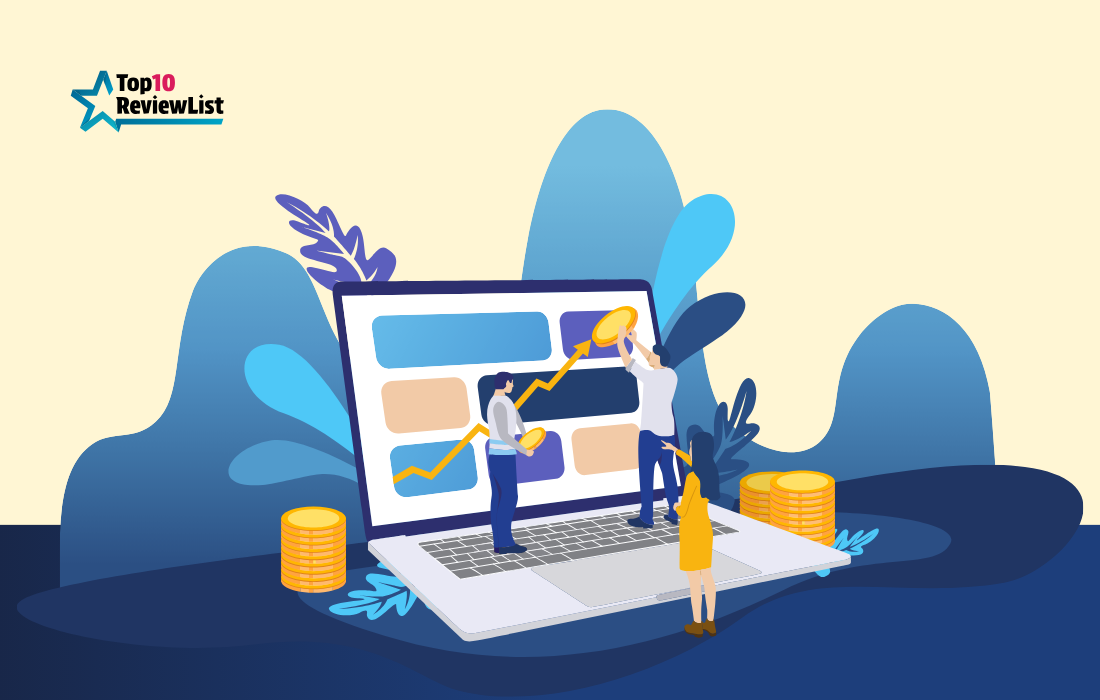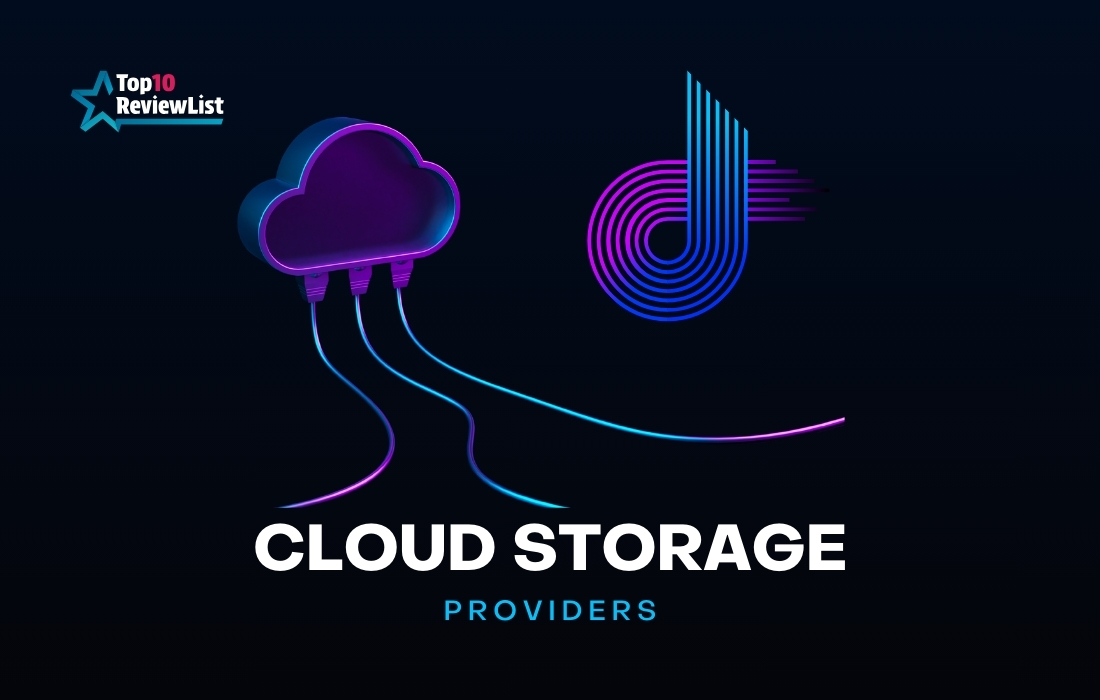Do you need help creating a plan for your online business to increase its sales this year? It does not matter how big or small your business is; having an online presence is very important to interact with wider audiences, boost your sales, and develop your brand. The secret is to discover the methods of creating and growing your online business.
Here is a 10-point plan that you can use to take your business online in 2024.
Step 1: Spell out your goals and filter through to the particular audience
Before online business, it is necessary to set goals due to your target customers. What are the top goals of the online business? What problems can you choose to solve for your market? Who is your potential customer, and where do they look for your product/service? Knowing what you want and choosing a specific market will help you to determine an online business that is focused and effective.
Step 2: Go for a website builder that is easy and user-friendly
One of the online business vital parts includes setting up a website that displays your products or services that draw visitors and turn them into clients. One can develop a website through the website builder that will let you design your site and bring different customizations to it without any programming or technical knowledge. It is indeed true that there are plenty of website builders out there, but one should opt for the one that is simple, user-friendly, and pocket-friendly. The best web hosting platforms for 2024 include Doola, Wix, and Squarespace. These website builders provide you with a variety of templates, options, and tools that you can use to design a website, which will make your online business appear professional and attractive.
Step 3: Make the most top-notch and unboring content
Content is the king of the game in the online business. Content is what draws people to your site and demonstrates what you have and what you can do for them; it is also what makes them buy. In short, you will be making content that is engaging and interesting to present your USP and the pain points of your customers and build your brand’s credibility. Among some of the content assets to be created for your online business should be blog posts, videos, podcasts, ebooks, webinars, case studies, testimonials, and infographics. These tools can help you in researching content ideas, and the development, and optimization of the content for better SEO.
Step 4: SEO-friendly website optimization
SEO stands for search engine optimization which is the process of increasing and optimizing a site’s visibility on search engines like Google and Bing. SEO is the foundation for your online business since it is what will bring in organic traffic to your website and therefore people will be able to visit and purchase from you more. To achieve your SEO goals, you need to remember some basic rules like using keywords that people can relate to, being interesting and descriptive in your titles and meta descriptions, using alt text for your images, internal and external linking, and updating your information regularly. You can take advantage of Google Analytics and Search Console tools to monitor the website performance and detect the problem areas for future improvements.
Step 5: Leverage social media for the marketing of your online business
Social media channels including Facebook, Instagram, Twitter, LinkedIn, and YouTube can be powerful ad tools to bring you more customers. You can share your content, advertise your products and services, engage with your audience, and raise brand recognition through them. When using social media, you have to consider the right platforms, manage your profiles, post often, use relevant hashtags and keywords, and handle comments and messages. Furthermore, platforms such as Hootsuite and Buffer have features to arrange posts, control your accounts, and follow results.
Step 6: Develop and manage an email list, and send out newsletters
In online business, email marketing is a tremendous tool for growth and sales development. It allows customers to make their purchases directly from the product, develop durable relationships, and get special offers and promotions. If you want to raise the number of subscribers to your list, give them an irresistible offer in exchange for their emails, e.g. a free e-book, a coupon code, or a webinar. This is where Mailchimp and ConvertKit can be useful for creating and sending newsletters, as well as segmenting your subscribers, and tracking their performance.
Step 7: Make and sell online courses that are priced per head
Online course development can make your business scalable and generate passive income. Online training is a way to pass on your knowledge and experience to your audience, help the clients solve their challenges, and position yourself as an expert in your domain. To build and market an online course, pick a topic you love and are great at, make a curriculum outline, record and edit your videos, and then distribute them on Udemy, Skillshare, Teachable, and so on. Moreover, websites like Kajabi and Thinkific give you a chance to create your website and host your courses on the same.
Step 8: Podcast initiating
Podcasting has proved to be another tactic that is powerful in growing web businesses and getting an audience. In podcasts, audio is the content and you can tell your stories, opinions, and thoughts, interview someone, and in general offer value to your audience. Creating a podcast on the other hand, you need to decide if it is a hobby or a business, your niche, and its name, buy a microphone and recording software, record and edit the episodes, and upload them to platforms like Spotify, Apple podcasts, or Soundcloud.
Step 9: Work together with influencers and other online businesses
Collaborating with influencers and other businesses online is a very smart way to succeed in growing your online business. Influencers and online businesses are constantly in touch with a large and loyal following that can be potentially your customers. To achieve a productive and productive alliance with influencers and online businesses, the first step is to determine who are the relevant ones in the niche and then offer them something in return, like free products, commissions, or a shoutout, and come up with mutually beneficial collaboration. Also, you may use social media platforms like Influenster and AspireIQ to search for and interact with influencers and online businesses.
Step 10: Review and Adjust Your Online Business
The last, most essential step in starting your online business is to analyze your data and optimize your operations. Always monitor the key performance indicators like website traffic, social media engagement, email open rates, sales conversions, and customer feedback. Identify the aspect that works well and which ones require corrections or improvements, then implement the necessary adjustments. Utilize tools such as Google Analytics, Google Search Console, Facebook Insights, and Hotjar for full insight, which will help you refine your online business.
Conclusion
In 2024, being an online business owner could be risky but the 10 steps in this article will serve as a guide to success. The steps taken may range from building a website, doing content creation, optimizing for search engines, promoting on social media, offering online courses, starting a podcast, and collaborating with influencers, all of which are meant to boost your business growth.
Keep in mind that establishing an online business is a gradual journey that demands perseverance, patience, and passion. We look forward to crossing paths with you in online marketing and continually delivering excellence over the Internet!




